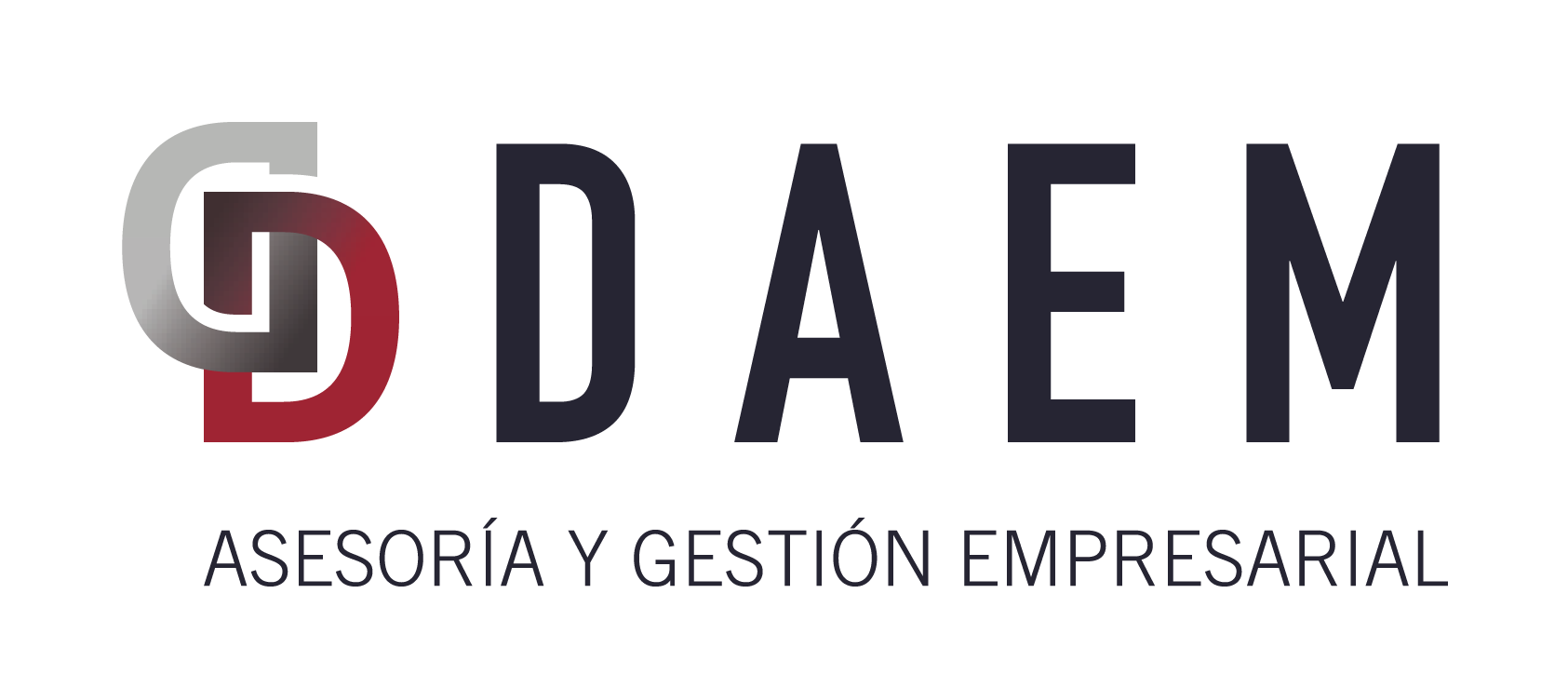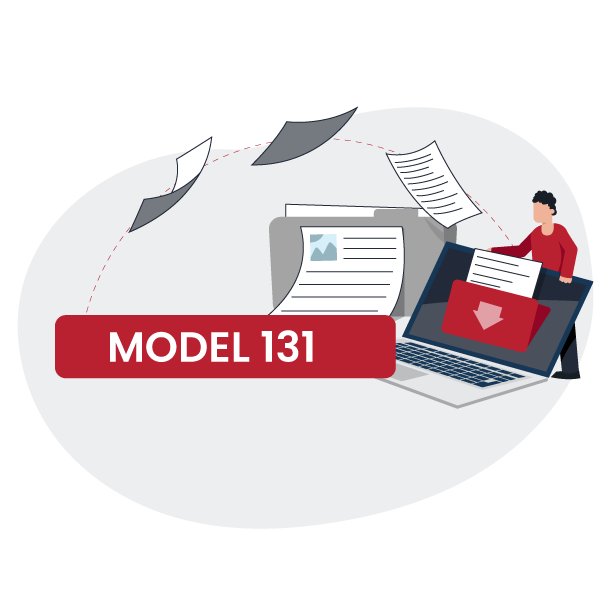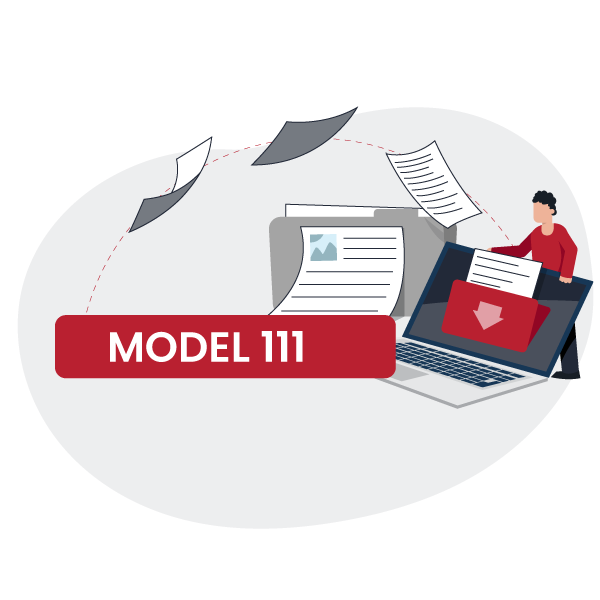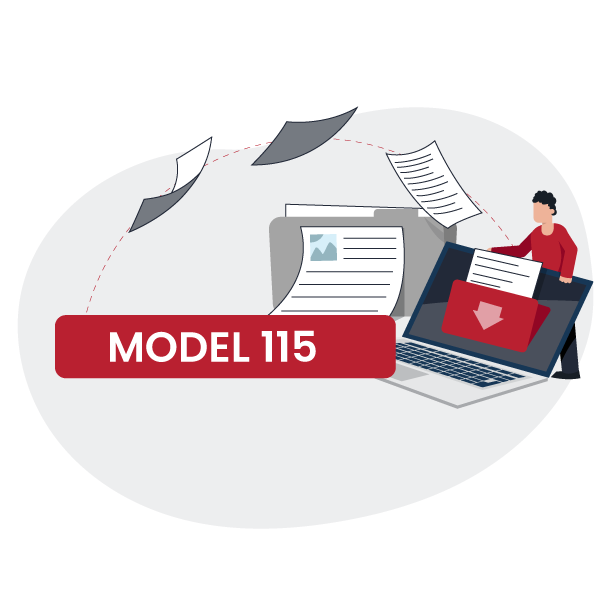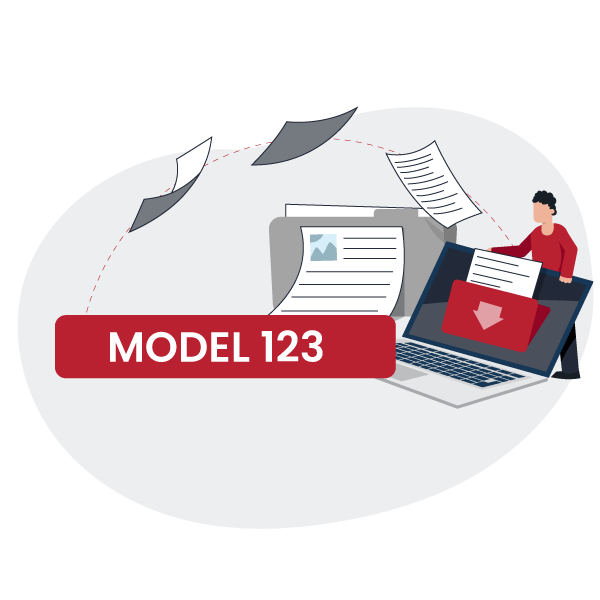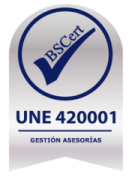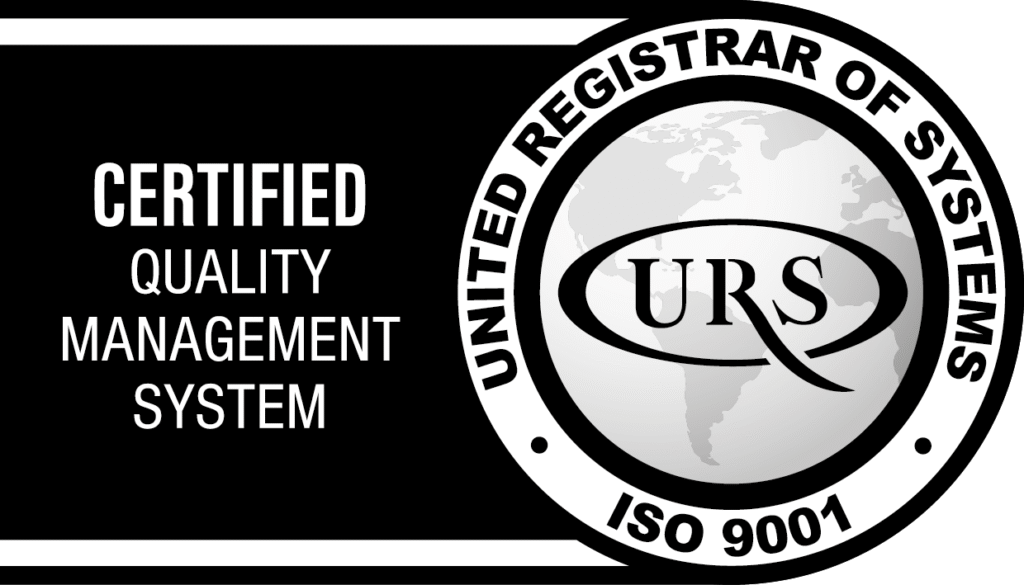For every business owner, staying up-to-date with their tax obligations is essential. Understanding the demands of the Tax Agency is crucial to avoid penalties and complications.
This article will break down Model 131: what it represents, who is obliged to submit it, when it should be done, its purpose, whether it allows for postponements, and the possible repercussions for not submitting it.
Should you have any concerns related to this or other documentation, don’t hesitate to contact us. As a tax advisory firm, we have specialized advisors ready to provide you with support.
What is Model 131?
For freelancers and professionals in Spain, Model 131 is the instrument for quarterly Personal Income Tax (IRPF) declarations. Its uniqueness lies in the fact that it is intended for those operating under the objective estimation regime or módulos, thus differentiating it from Model 130.
We could consider it the equivalent, for self-employed individuals under this system, of the IRPF withholding applied to a payroll.
Under this regime, the calculation of the advance IRPF payment is not based on actual profits, but on pre-established parameters, such as the size of the premises, the number of staff, or energy consumption, among other factors.
Who is Obliged to Declare Model 131?
Model 131 must be submitted by those freelancers and professionals who engage in economic activities and have opted for the objective estimation regime (módulos). This system is an available alternative, often preferred by smaller businesses or those in specific sectors.
When Should Model 131 Be Submitted?
Like Model 130, Model 131 requires quarterly submission. The declaration periods are as follows:
- 1st quarter: between April 1st and 20th.
- 2nd quarter: between July 1st and 20th.
- 3rd quarter: between October 1st and 20th.
- 4th quarter: between January 1st and 30th of the following year.
It’s important to note that if the last day for submission falls on a Saturday, Sunday, or non-working day, the deadline is extended to the next business day. Additionally, if you choose bank direct debit, the submission deadlines change to between the 1st and 15th for April, July, and October, and between the 1st and 27th for January.
What is the Purpose of Model 131?
The fundamental purpose of Model 131 is to facilitate the fractional payment of IRPF for taxpayers operating under the módulos regime.
This system allows for advancing part of the tax during the year. Subsequently, when submitting the income tax return, a final adjustment is made with the Tax Agency.
If the fractional payments exceeded the actual tax liability, the Tax Agency will refund the difference; if they were insufficient, the taxpayer will have to settle the outstanding amount.
What Are the Consequences of Submitting Model 131 Late?
Failure to submit Model 131 within the established deadline can result in penalties from the Tax Agency. The magnitude of the penalty will be determined by the nature of the error and whether the detection was made by you or originated from a Tax Agency request.
If you correct the late submission yourself, a 1% surcharge will be applied to the amount you should have declared. However, if the situation escalates because the Tax Agency detects the non-compliance and notifies you, the penalty will be a fine whose severity will be graduated according to the seriousness of the infraction.
How Can a Postponement for Model 131 Be Requested?
In certain circumstances, you can request a postponement for your advance IRPF payments, especially if, as a freelancer, you are experiencing a complicated financial situation that prevents you from fulfilling your obligation. If this is your case, you must submit a request to the Tax Agency and meet certain key conditions:
- That the amount of your debt to the Tax Agency does not exceed €50,000.
- Not having incurred previous defaults.
- Being able to justify that the postponement is indispensable for the continuity of your business.
Keep in mind that the postponement will generate interest for the delay, and in some cases, the Tax Agency might ask for guarantees (such as a bank guarantee, a mortgage, or a bond) to secure the payment. If you need assistance with this procedure, we are at your disposal.
What is the Function of Model 130 and How Does it Compare or Relate to Model 131?
Model 130 serves freelancers and professionals who opt for direct estimation, being the counterpart to Model 131.
The key distinction lies in how the IRPF payment on account is calculated: Model 131 does so through pre-established módulos, while Model 130 is based on the net difference between the taxpayer’s actual income and expenses.
Both documents represent advance IRPF payments, but they are governed by different calculation methodologies.
If you are under the módulos regime, DAEM is at your disposal to help you with the administration of your obligations, allowing you to dedicate your time to what truly matters in your business.
At DAEM, our commitment is to provide tax information that is both accurate and current. However, it is vital to remember that the tax field is inherently complex and subject to frequent legal modifications. Therefore, we want to be transparent and point out that, despite our efforts to provide quality content, we are not responsible for possible inaccuracies or incomplete data. Therefore, in tax matters, having the advice of professionals is indispensable to manage each situation appropriately.
